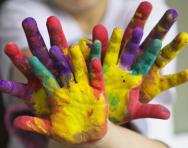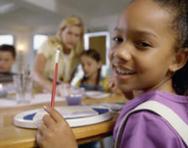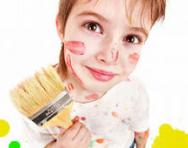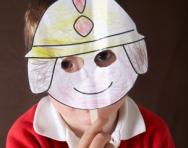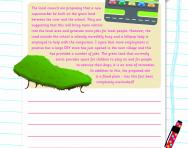National curriculum art – what they learn
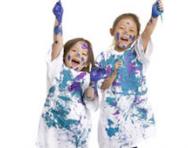
National curriculum art is a vital part of your child's education and involves exploring the properties of materials and their textures, experimenting with different effects, and having the freedom to create. Creativity is an important part of the national curriculum, as it encourages children to work independently.

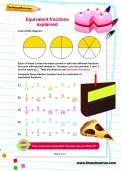
Start a unique learning programme!
- Weekly programme for each school year
- Worksheets sent direct to your inbox
- Keeps your child's learning on track
What’s taught in class?
A pre-school class might bring in a range of materials from home - fabric and wool scraps, scrunched up foil, bubble wrap, cardboard and sandpaper. They might create a ‘texture wall' – a smooth-rough, soft-hard, glittery-dull patchwork collage of recycled materials. For the rest of the term the children stroke, touch, poke, and even press their cheeks against the wall to explore the different textures.
Through this activity the children learn about the properties of the different materials, how to manipulate them, and the use of colour and space. They also learn to work in a team and by talking about what they see, feel and like they extend their vocabulary and learn more about each other.
As the children's knowledge and understanding develops in the coming years, they will build on this, becoming much more critical and discerning in their ideas and choices.
Their making in art, design and craft will become more complex and well thought out.
For example, at a later Key Stage a teacher may teach the class about colours by asking the children to design packaging suitable for a healthy snack.
They will have learnt that certain colours are associated with particular tastes or qualities (pink and red, for example, indicate sweetness; white and blue suggest purity) and they will need to appeal to their target audience in their design.
Exploring times and worlds
A less obvious benefit of art learning is that it takes children to other worlds, cultures and times. Children explore ideas and meanings in the work of artists, craftspeople and designers and they learn about the diverse roles and functions of art, craft and design.
Children learn more about how people lived in the past by looking at their art and artists. The Egyptians, for example, surrounded themselves with colourful buildings painted with scenes of everyday life and their gods. The paintings were meant to be realistic: in the tombs they represented the life which the deceased had led.
So there’s a lot more to art than just having fun with paint!

Give your child a headstart
- FREE articles & expert information
- FREE resources & activities
- FREE homework help
